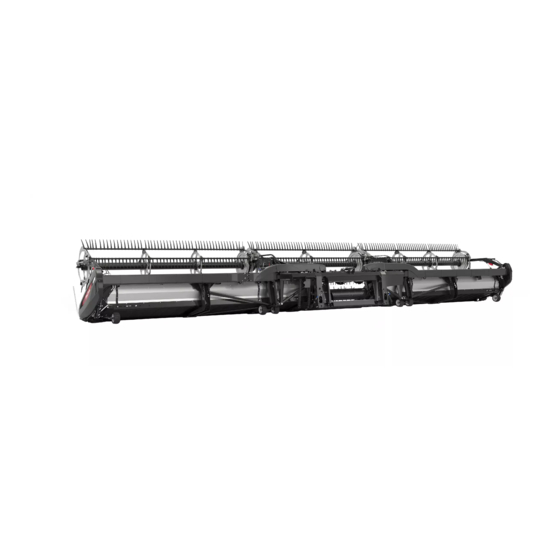
MacDon New Holland FlexDraper FD2 Series Manual
Hide thumbs
Also See for New Holland FlexDraper FD2 Series:
- Operator's manual (566 pages) ,
- Installation instructions manual (60 pages) ,
- Manual (2 pages)













Need help?
Do you have a question about the New Holland FlexDraper FD2 Series and is the answer not in the manual?
Questions and answers